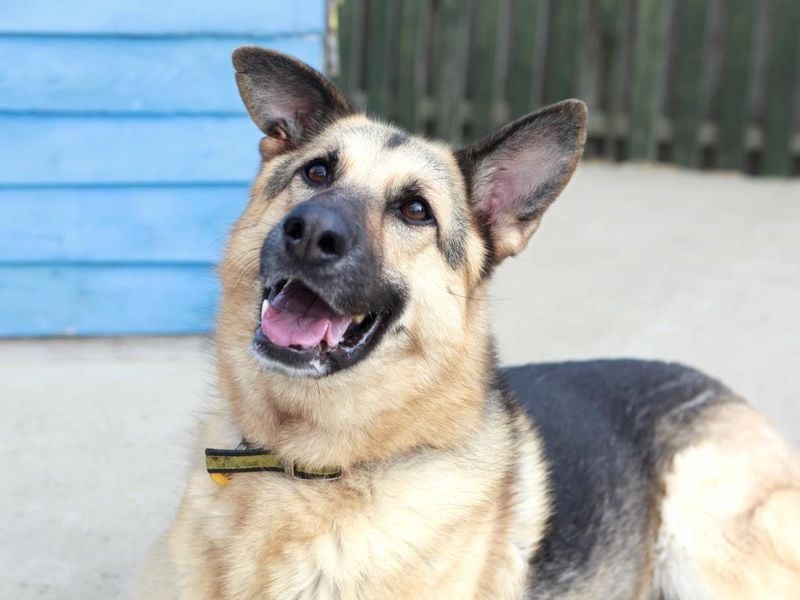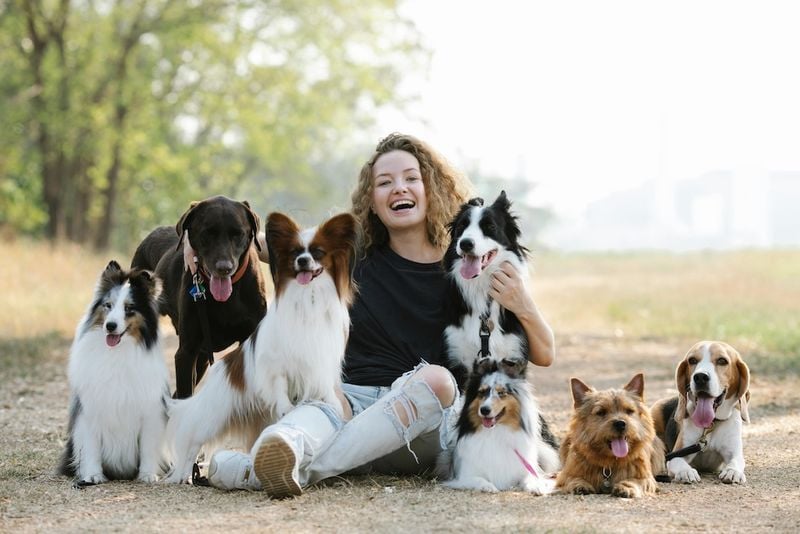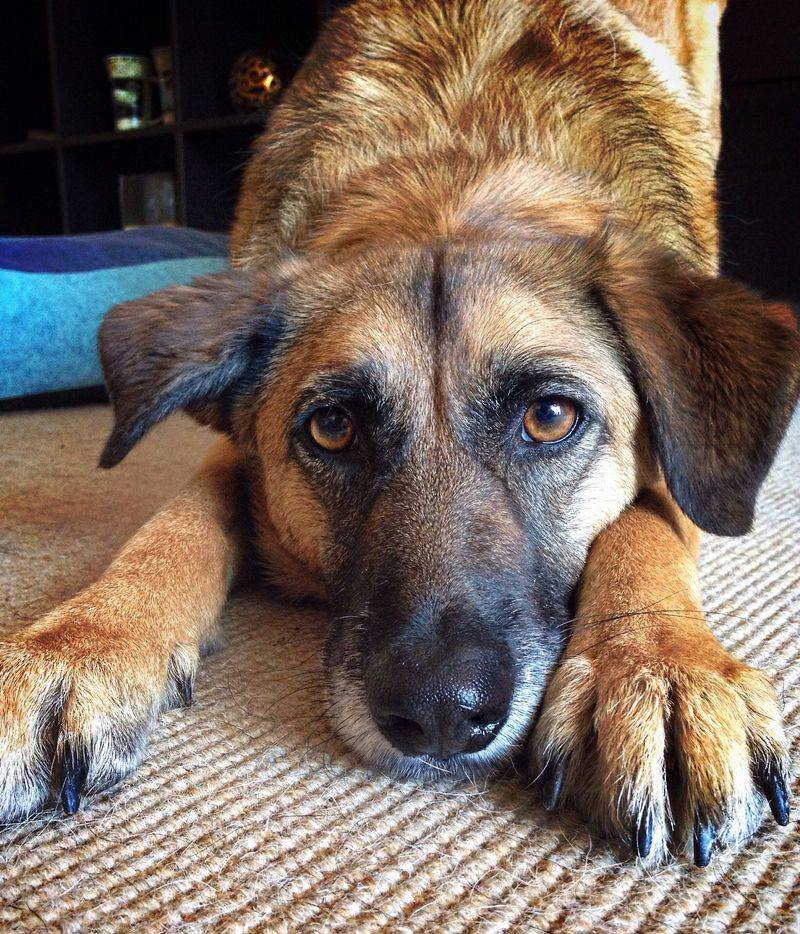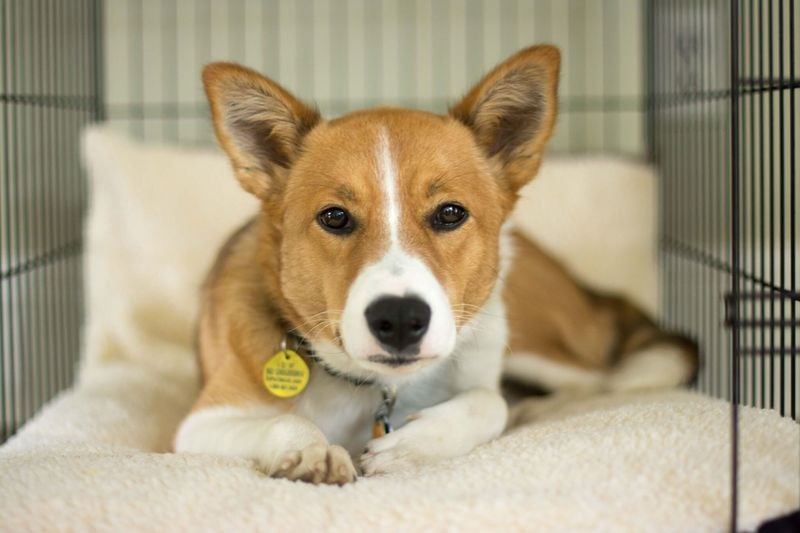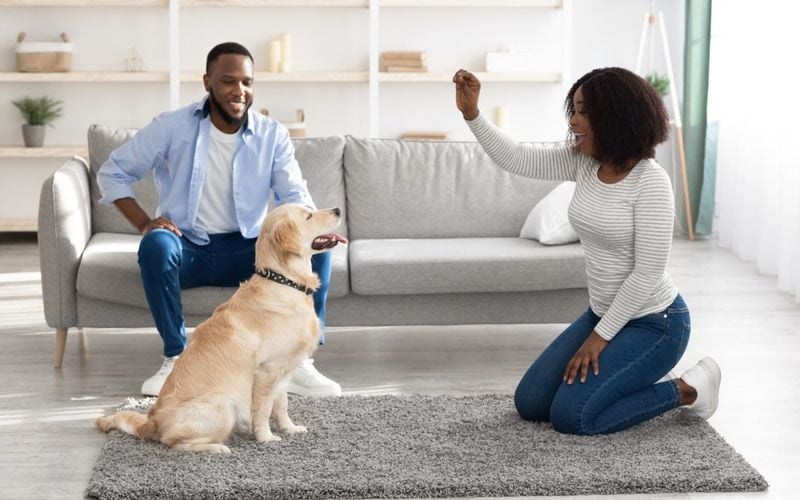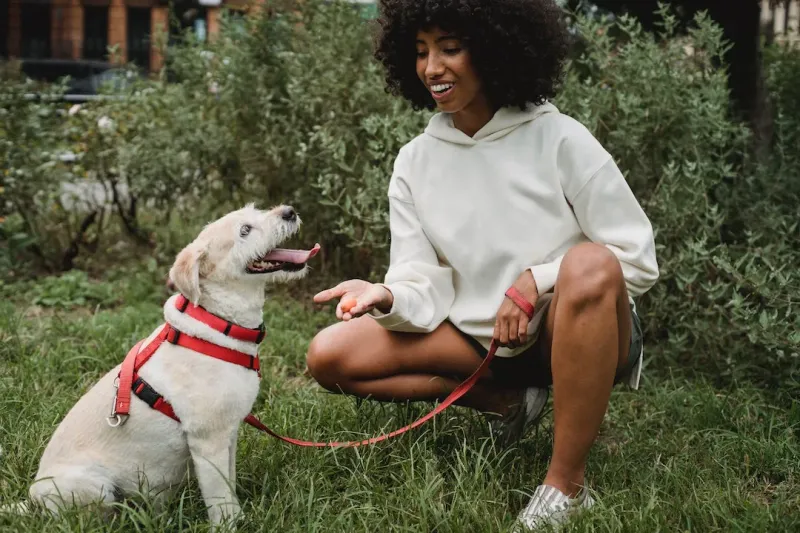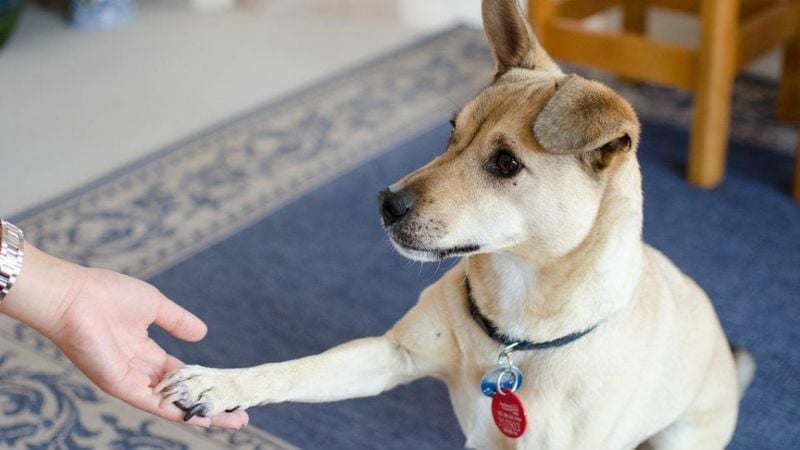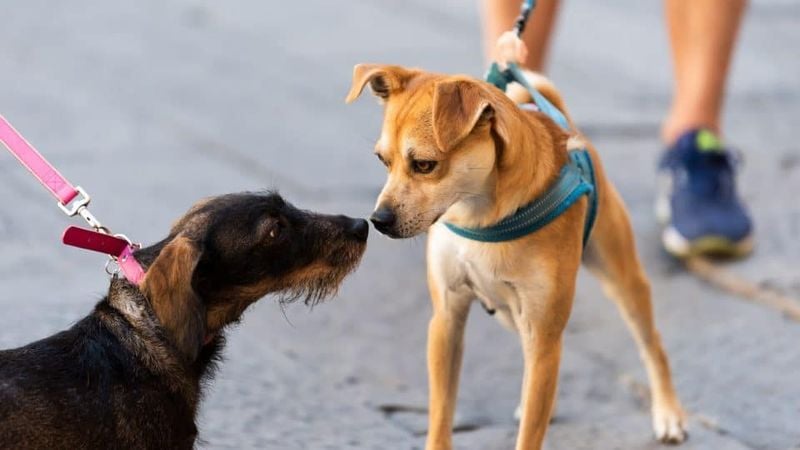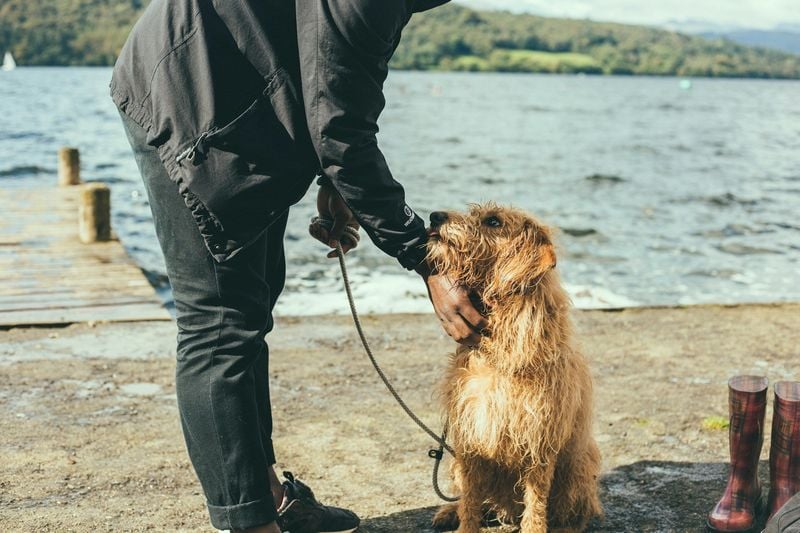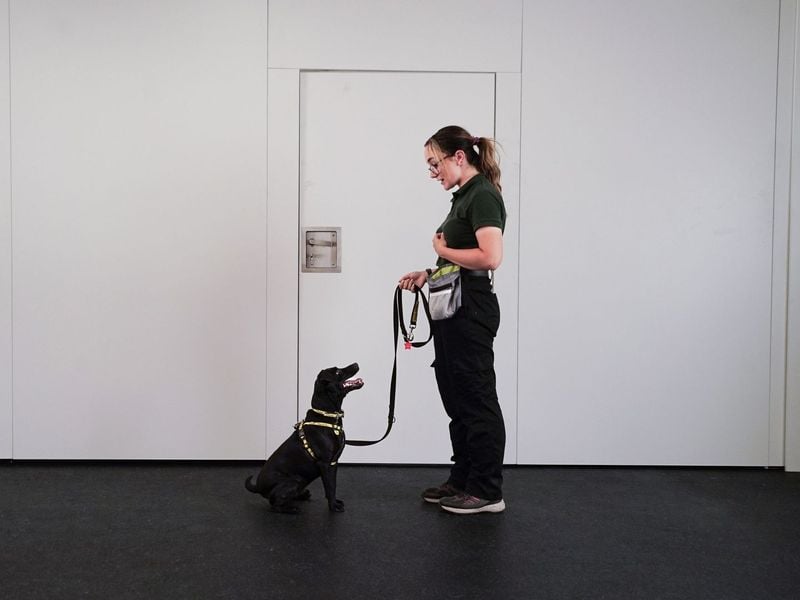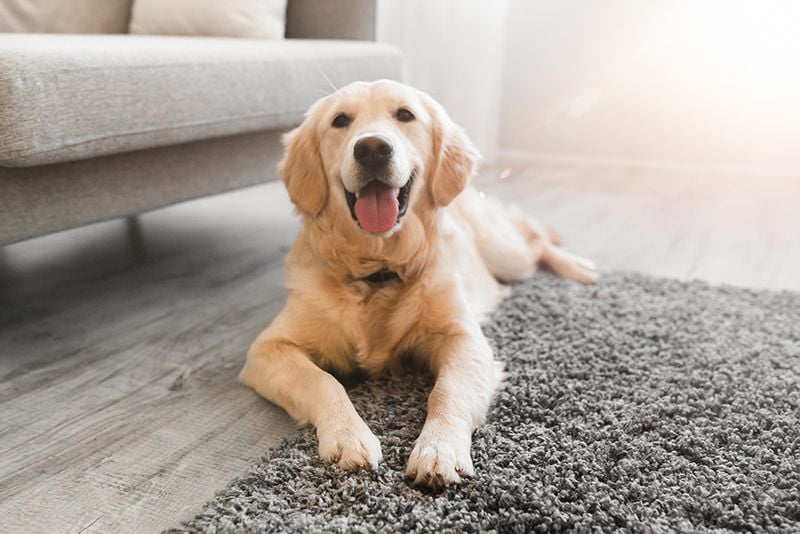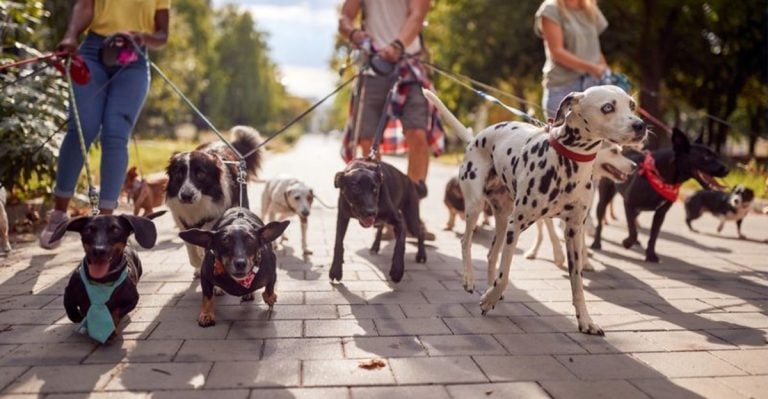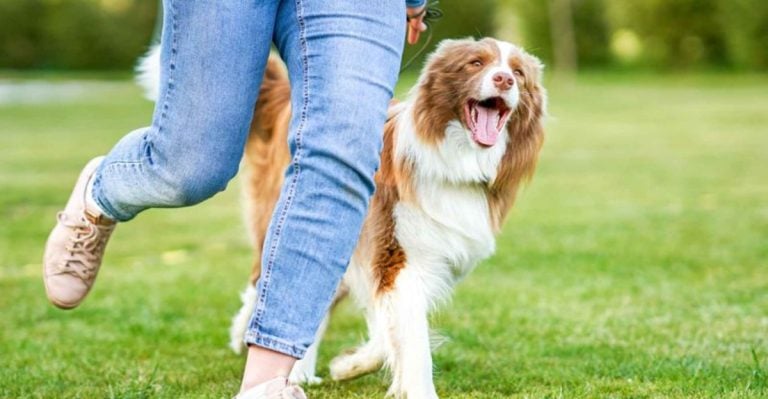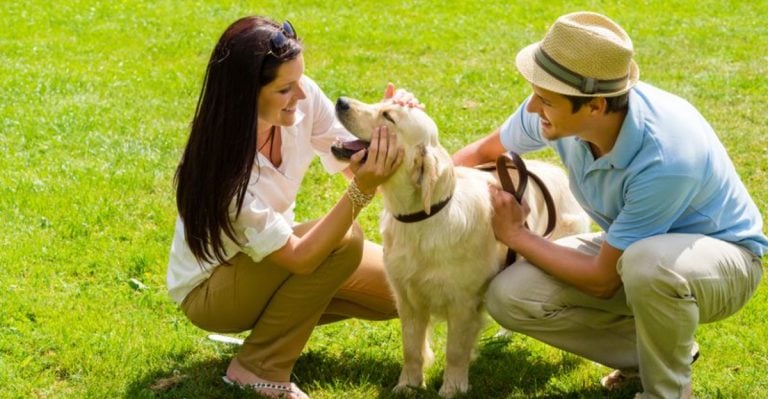Adopting a Rescue Dog? These 15 Training Tips Are Game-Changers
Bringing home a rescue dog opens the door to a special journey filled with tail wags, wet kisses, and unconditional love. But these furry friends often come with past experiences that shape their behavior in ways different from puppies.
The right training approach can help your rescue dog adjust to their forever home while building a strong bond between you. Here are fifteen game-changing training tips that will set both you and your new companion up for success.
1. Call Them By Name
Your rescue pup might not recognize the name you’ve chosen. Start fresh by pairing their new name with positive experiences. Every time you say their name, follow it with a treat, cuddle, or play session.
Consistency matters tremendously here. Ask family members to use the name frequently during those first weeks. Notice how your dog gradually perks up their ears when they hear it!
Within a couple of weeks, your rescue will learn that wonderful things happen when they respond to their name. This becomes the foundation for all future training successes.
2. Building Trust Through Bonding
Many rescue dogs have trust issues stemming from past experiences. Patience becomes your greatest asset during these early days. Sit quietly near your dog without demanding attention, allowing them to approach you on their terms.
Hand-feeding meals creates powerful positive associations. This simple act tells your dog that good things come from your hands. Keep interactions predictable and gentle, avoiding sudden movements or loud voices.
Remember that trust develops at different rates for every dog. Some may warm up within days while others might need months before fully relaxing in your presence.
3. Mastering House Training Basics
Even adult rescue dogs might need house training refreshers in new environments. Establish a consistent bathroom schedule – first thing morning, after meals, before bedtime, and every few hours in between.
Watch for telltale signs like circling, sniffing, or sudden restlessness. When these appear, immediately head outside to their designated potty area. Lavish praise and treats when they succeed outdoors!
Accidents will happen, especially during the adjustment period. Clean thoroughly with enzymatic cleaners to remove all scent traces, but never scold after the fact – your dog won’t connect past actions with your current reaction.
4. Creating a Safe Haven With Crate Training
A properly introduced crate becomes your rescue dog’s personal sanctuary, not a prison. Start by placing treats inside with the door propped open, allowing your dog to explore freely. Never force them inside.
Feed meals near the crate, gradually moving the bowl inside as comfort grows. Short practice sessions work best – begin with seconds, then minutes with the door closed while you remain visible.
Cover the crate with a blanket to create a den-like atmosphere, and add something carrying your scent for comfort. Soon your rescue will voluntarily retreat to their crate when seeking peace or security.
5. Essential Commands For Daily Life
Five basic commands form the foundation of a well-behaved rescue dog: sit, stay, come, down, and leave it. Begin training in a quiet room with minimal distractions. Keep sessions short – just 5-10 minutes – ending on successful notes.
Use small, high-value treats like chicken or cheese bits reserved exclusively for training. Clear, consistent hand signals paired with verbal cues help dogs understand faster.
Practice each command daily, gradually increasing difficulty by adding distance and distractions. Celebrate small victories! A partial sit or momentary stay deserves acknowledgment during early learning stages.
6. Stress-Free Leash Walking Strategies
Many rescue dogs pull, lunge, or freeze during walks due to past experiences. Begin indoors where distractions are minimal. Let your dog grow comfortable wearing their collar and leash before attempting actual walks.
The secret to pleasant walks lies in rewarding position, not distance covered. When your dog walks beside you without pulling, offer treats and praise. Stop moving when pulling occurs, resuming only when the leash slackens.
Consider tools like front-clip harnesses that discourage pulling while remaining comfortable. Avoid retractable leashes during training phases – they teach dogs that pulling earns more freedom.
7. People Socialization Success Plan
Gradual exposure helps rescue dogs learn that humans mean safety, not danger. Start with calm friends who understand dog body language. Have visitors ignore your dog initially, allowing curiosity to develop naturally.
Create positive associations by asking visitors to toss treats near (not at) your dog without making eye contact. This teaches your rescue that people predict good things.
Watch for stress signals like lip licking, yawning, or averted gaze – these mean your dog needs space. Never force interactions. One comfortable meeting beats ten stressful ones for building lasting confidence around people.
8. Dog-to-Dog Introduction Techniques
Previous negative experiences might make your rescue dog wary around other canines. Parallel walking creates safe first meetings – walk both dogs in the same direction with sufficient distance between them.
Gradually decrease distance as comfort grows. Choose calm, balanced dogs for initial introductions. Off-leash dog parks often overwhelm rescue dogs; instead, arrange controlled meetings in neutral territory.
Watch body language closely – a loose, wiggly posture signals comfort while stiffness indicates stress. Reward calm behavior around other dogs generously. With patience, even formerly reactive dogs can develop healthy canine friendships.
9. Gentle Handling Desensitization
Many rescue dogs become anxious during paw touching, ear cleaning, or mouth examinations. Start desensitization with quick, gentle touches followed immediately by treats. The sequence matters: touch first, then reward – this teaches that handling predicts good things.
Practice daily handling sessions lasting just 2-3 minutes. Touch paws briefly while offering treats, then gradually extend duration. Use the same approach for ears, mouth, and tail.
Partner with your veterinarian for severely touch-sensitive dogs. They can recommend appropriate techniques or medications to reduce anxiety during necessary handling procedures.
10. Creating Comfort Through Routine
Rescue dogs thrive when life becomes predictable after chaotic pasts. Establish consistent daily schedules for meals, walks, training, play, and bedtime. Even weekends should maintain similar patterns during the adjustment period.
Use routine to build security. Your dog learns that food always comes at certain times and walks follow specific routes. This predictability reduces anxiety dramatically.
Visual schedules help family members maintain consistency – post a simple chart showing daily dog-related activities. Once your rescue settles in, you can gradually introduce minor variations without causing stress.
11. Preventing Separation Anxiety
Rescue dogs often develop intense attachments to their new families, making alone time challenging. Begin separation training immediately, even before leaving your dog alone.
Practice brief departures – grab keys, coat, then sit back down without leaving. Gradually increase absence duration from seconds to minutes. Create positive associations with your departure cues by offering puzzle toys filled with treats as you leave.
Keep arrivals and departures low-key to avoid reinforcing excitement. A tired dog copes better with solitude. Schedule vigorous exercise before planned absences, but allow a 30-minute settling period before departing.
12. Doorway and Gateway Manners
Door-dashing can endanger your rescue dog’s life. Teach threshold manners by having your dog sit before opening any door or gate. Only proceed when they remain seated, rewarding this patience generously.
If your dog breaks position, immediately close the door and reset. This teaches that rushing forward delays the desired outcome. Practice with interior doors first before tackling more exciting exterior doorways.
Eventually, add a release word like “okay” that signals permission to cross thresholds. This skill proves invaluable during vet visits, car entries, and everyday comings and goings.
13. Setting Clear Boundary Rules
Consistent boundaries prevent confusion for your rescue dog. Decide early which furniture is allowed or off-limits and enforce these rules from day one. Provide comfortable alternatives like dog beds near restricted furniture.
Use management tools during training phases. Baby gates block access to forbidden areas, while specific mats or beds mark allowed spaces. Reward your dog for respecting boundaries voluntarily.
Everyone in the household must enforce the same rules. Mixed messages confuse dogs and delay training progress. Write down agreed-upon boundaries and post them where all family members can reference them.
14. Overcoming Environmental Fears
Many rescue dogs show fear toward everyday sounds and situations. Identify specific triggers – vacuum cleaners, sirens, thunderstorms – then create desensitization plans for each.
Start with the trigger at its lowest possible intensity while feeding high-value treats. For sound sensitivities, play recordings at barely audible volumes during meals. Gradually increase volume over weeks as your dog remains relaxed.
Similar approaches work for visual fears – create distance first, then gradually decrease it. Never force exposure to frightening stimuli. Patience and gradual progression build confidence that lasts.
15. The Power of Positive Reinforcement
Reward-based training creates confident, eager learners while building trust with rescue dogs. Identify what truly motivates your individual dog – special treats, toys, praise, or play can all serve as powerful rewards.
Timing matters tremendously; deliver rewards within 1-2 seconds of desired behaviors. Clicker training offers precision in marking exact moments of success. The click sound predicts rewards, allowing you to capture fleeting good behaviors.
Keep training sessions upbeat and brief – stop before your dog loses interest. Avoid punishment-based methods that damage trust and can increase fear in rescue dogs with unknown histories.

